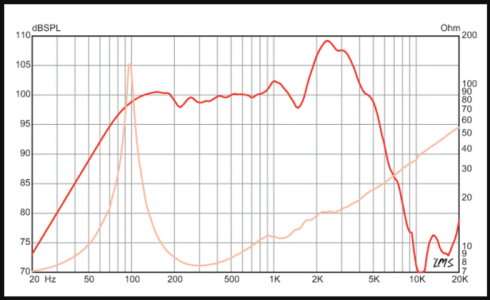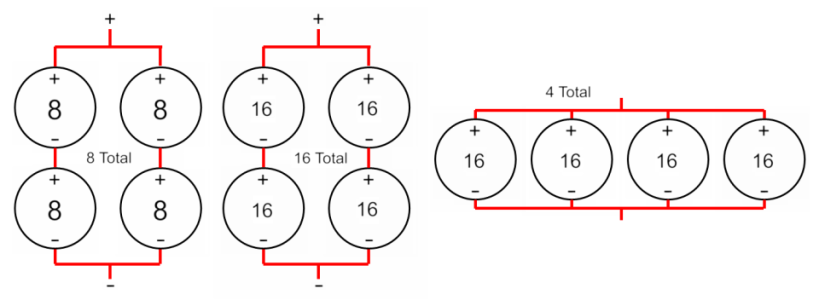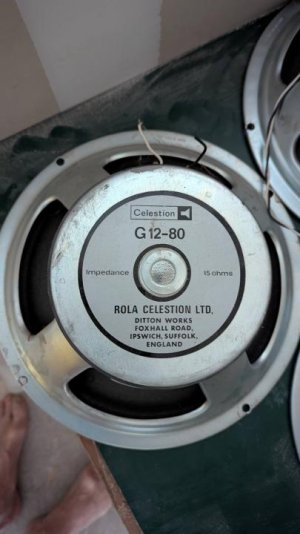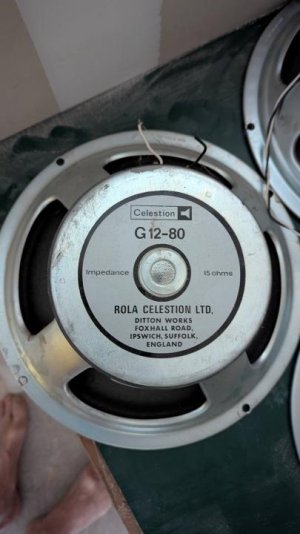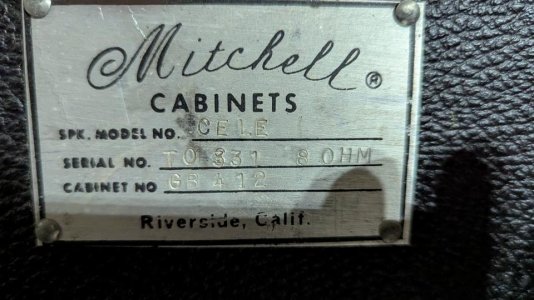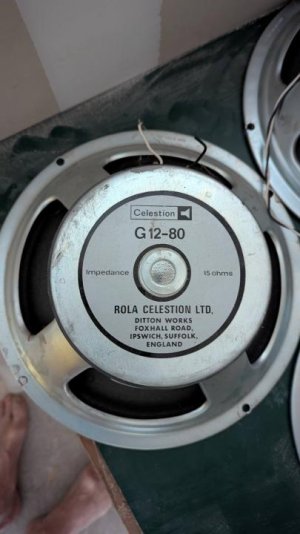Lazarus1140
New member
I have an early 80's Mitchell CELE GB 4-12 speaker cabinet. I removed the original speakers many years ago and want to re-install them, but I can't figure out how to wire them. The original (4) speakers are 15 Ohm Celestion G12-80s, and the cabinet label at the input socket says 8 Ohms. How is that possible? I could wire them in series for 60 Ohms, parallel for 3.75 Ohms, or series/parallet for 15 Ohms. But how is it possible to get near 8 Ohms?
Did the manufacturer put the wrong speakers in the cabinet or the wrong label on it?
Did the manufacturer put the wrong speakers in the cabinet or the wrong label on it?
Last edited:

